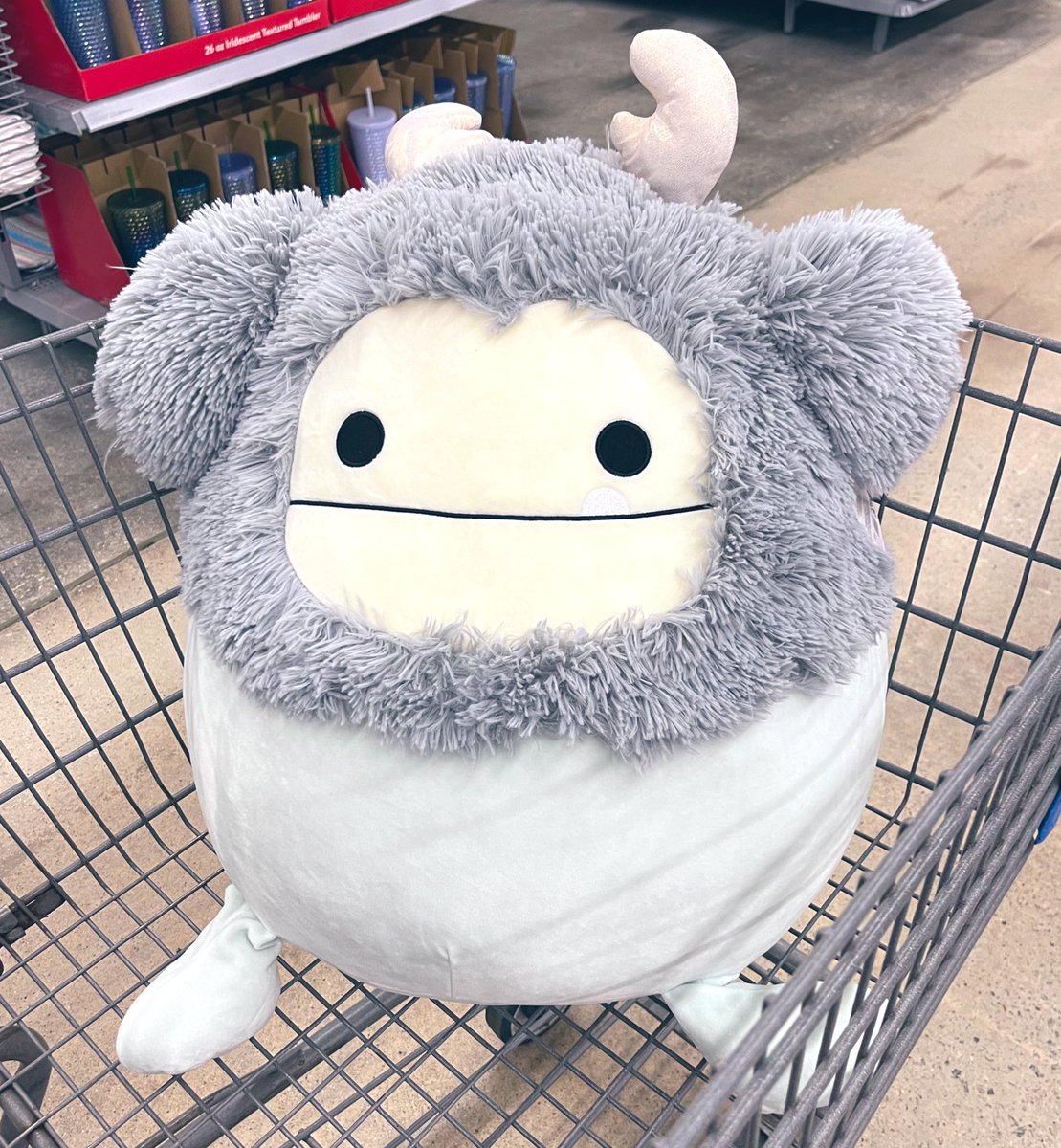There’s something about venomous creatures that captures our imagination. Whether it’s their lethal bite, their mesmerizing appearance, or the sheer mystery surrounding them, they’re undeniably intriguing. Among these dangerous beauties, the venomous dolly stands out as a peculiar and captivating marvel of nature. But what exactly is a venomous dolly? Let’s dive in and unravel the secrets of this mysterious creature.
You’ve probably heard of venomous snakes, spiders, or even jellyfish, but have you ever encountered the term "venomous dolly"? Sounds cute, right? Well, don’t let the name fool you. This dolly isn’t just another pretty face in the animal kingdom. It’s a fascinating blend of beauty and danger, and trust me, you’ll want to know more about it.
From its unique characteristics to its role in ecosystems, the venomous dolly is a topic worth exploring. Whether you’re a wildlife enthusiast, a biology buff, or simply someone curious about the wonders of nature, this article will take you on an unforgettable journey into the world of venomous dolleys. So, buckle up and let’s get started!
Read also:In Custody Report Mille Lacs County A Comprehensive Guide
What Exactly is a Venomous Dolly?
Let’s start with the basics. A venomous dolly is not your typical pet or even a common species you’d find in your backyard. It’s a term often used to describe certain types of venomous animals that possess both allure and peril. These creatures are known for their striking appearance and potent venom, making them both fascinating and feared.
Believe it or not, the venomous dolly isn’t just one specific animal. Instead, it’s a broad category that includes various species, each with its own unique traits. Some are marine creatures, while others are terrestrial, but they all share one thing in common: their venom can pack quite a punch.
Here’s a quick rundown of what makes the venomous dolly so special:
- Deadly Beauty: Their vibrant colors and patterns often serve as a warning to predators.
- Potent Venom: The venom produced by these creatures can be lethal to both prey and potential threats.
- Adaptability: Venomous dolleys have evolved to thrive in diverse environments, from coral reefs to dense forests.
Where Can You Find Venomous Dolleys?
Now that we know what venomous dolleys are, where can you find them? These creatures inhabit a wide range of environments across the globe. From the warm waters of the Pacific Ocean to the lush jungles of South America, venomous dolleys have made their mark on nearly every continent.
Marine Habitats
In the ocean, venomous dolleys often take the form of fish, mollusks, or even sea snakes. One of the most famous examples is the blue-ringed octopus, a small but deadly creature found in the Pacific and Indian Oceans. Despite its tiny size, this octopus packs enough venom to paralyze and kill a human within minutes.
Read also:Big Sean And Wiz Khalifa The Untold Story Of Rap Titans Friendships And Feuds
Terrestrial Habitats
On land, venomous dolleys can be found in various forms, such as snakes, spiders, and even insects. The black widow spider, for instance, is a well-known terrestrial venomous dolly. Its venom is 15 times stronger than that of a rattlesnake, making it one of the most feared arachnids in the world.
The Science Behind Venom
So, what makes the venom of these creatures so powerful? The answer lies in the complex chemistry of their toxins. Venom is a cocktail of proteins, enzymes, and other compounds that work together to immobilize prey or deter predators. Each species has its own unique venom composition, which has evolved over millions of years.
How Venom Works
When a venomous dolly delivers its bite or sting, the venom quickly enters the bloodstream of its victim. Depending on the species, the venom can cause a range of effects, from mild discomfort to life-threatening paralysis. Some venoms attack the nervous system, while others target the cardiovascular system or muscles.
Medical Uses of Venom
Believe it or not, venom isn’t all bad. In fact, scientists have discovered numerous medical applications for venomous compounds. For example, certain snake venoms are used to develop anticoagulants and painkillers. Similarly, the venom of cone snails has shown promise in treating chronic pain conditions.
The Role of Venomous Dolleys in Ecosystems
Venomous dolleys play a crucial role in maintaining the balance of ecosystems. As predators, they help control populations of smaller animals, preventing overpopulation and resource depletion. Additionally, their presence often serves as a deterrent to larger predators, creating a natural hierarchy in the food chain.
However, human activities such as pollution, habitat destruction, and climate change are threatening the survival of many venomous dolly species. Conservation efforts are essential to ensure these creatures continue to thrive and contribute to the health of our planet.
Encountering Venomous Dolleys in the Wild
If you’re an adventurous soul, you might be wondering how to safely encounter venomous dolleys in their natural habitats. While it’s important to respect these creatures and maintain a safe distance, there are ways to observe them without putting yourself in danger.
Tips for Safe Observation
- Always research the species you plan to observe and understand their behavior patterns.
- Wear appropriate protective gear, such as gloves and boots, when exploring areas known to harbor venomous creatures.
- Never attempt to handle or provoke a venomous dolly, no matter how tempting it may seem.
What to Do If Bitten or Stung
Accidents can happen, even with the best precautions. If you’re bitten or stung by a venomous dolly, it’s crucial to act quickly. Seek medical attention immediately and try to identify the species responsible for the attack. This information can help healthcare professionals administer the appropriate treatment.
Myths and Misconceptions About Venomous Dolleys
Over the years, venomous dolleys have been the subject of countless myths and misconceptions. Some people believe that all venomous creatures are inherently evil or that their venom is always fatal. While these creatures can be dangerous, they’re also vital components of their ecosystems.
Separating Fact from Fiction
Here are a few common myths about venomous dolleys, debunked:
- Myth: All venomous creatures are aggressive.
- Fact: Most venomous dolleys only use their venom as a last resort when threatened.
- Myth: Venom is always deadly.
- Fact: The potency of venom varies greatly between species, and not all bites or stings are lethal.
Conservation Efforts for Venomous Dolleys
As mentioned earlier, many venomous dolly species are under threat due to human activities. Conservationists around the world are working tirelessly to protect these creatures and their habitats. From establishing marine reserves to implementing sustainable land-use practices, there are numerous initiatives aimed at preserving venomous dolleys for future generations.
How You Can Help
Even if you’re not a scientist or conservationist, there are still ways you can contribute to the protection of venomous dolleys:
- Support organizations dedicated to wildlife conservation.
- Reduce your carbon footprint by adopting eco-friendly habits.
- Spread awareness about the importance of venomous creatures in ecosystems.
Conclusion: Embracing the Wonders of Venomous Dolleys
From their deadly venom to their mesmerizing beauty, venomous dolleys are truly remarkable creatures. They remind us of the complexity and diversity of life on Earth and the delicate balance that exists within ecosystems. By understanding and appreciating these creatures, we can work together to ensure their survival and the health of our planet.
So, the next time you come across a venomous dolly, whether in a documentary or in the wild, take a moment to marvel at its uniqueness. And remember, while they may be dangerous, they’re also vital to the world we live in. Share this article with your friends and family, and let’s continue the conversation about the wonders of nature.
Table of Contents
- What Exactly is a Venomous Dolly?
- Where Can You Find Venomous Dolleys?
- The Science Behind Venom
- The Role of Venomous Dolleys in Ecosystems
- Encountering Venomous Dolleys in the Wild
- Myths and Misconceptions About Venomous Dolleys
- Conservation Efforts for Venomous Dolleys
- Marine Habitats
- Terrestrial Habitats
- How Venom Works


